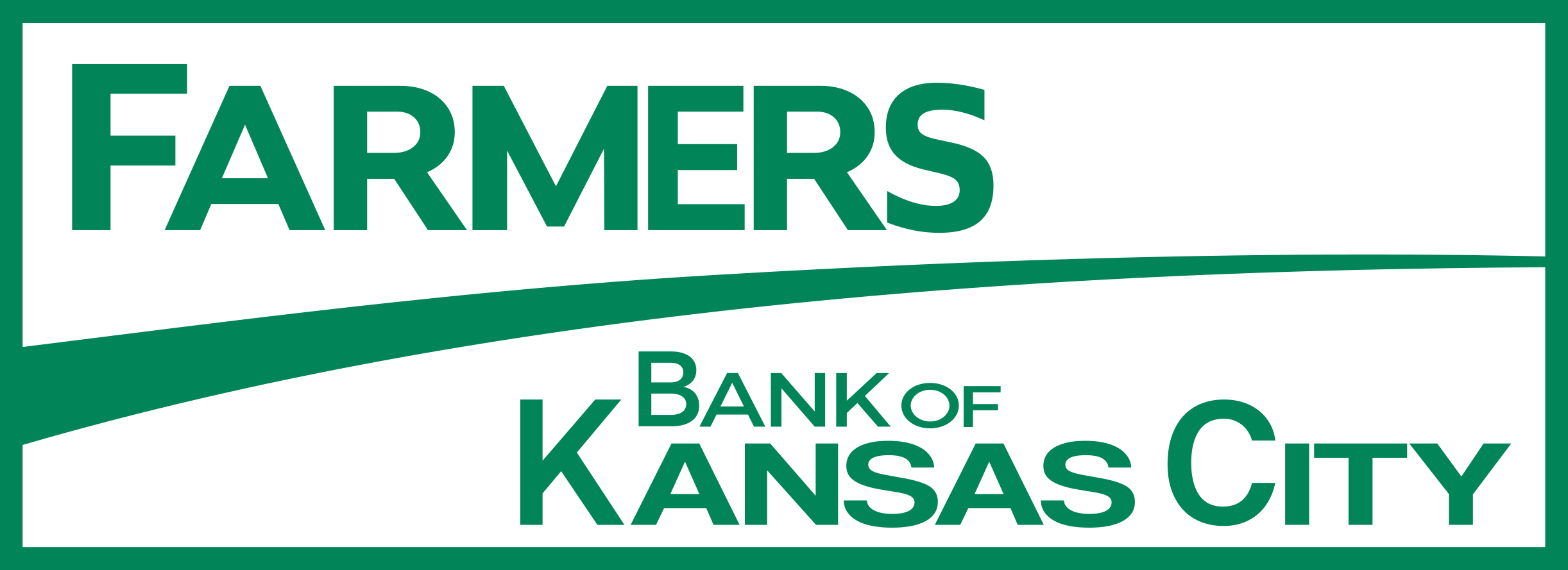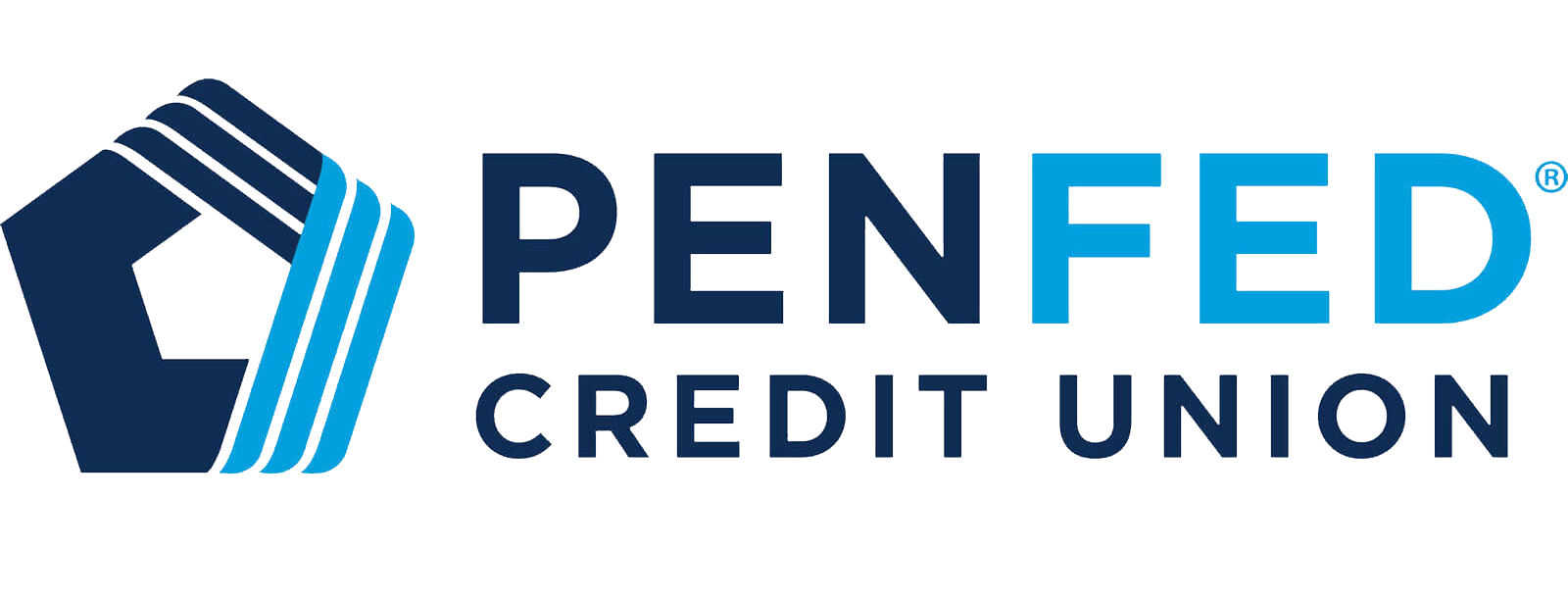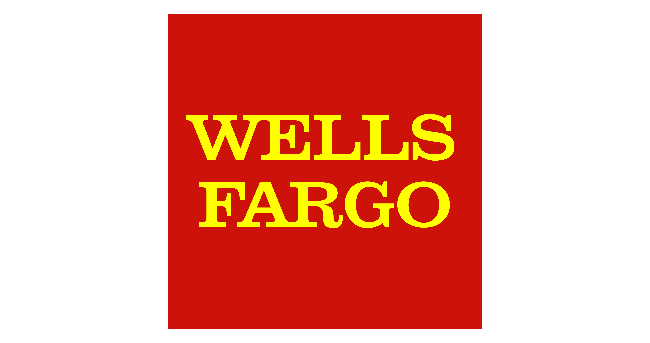
Mortgage rates have been historic in their own right during the past few years. The average 30-year fixed rate reached an all-time record low of 2.65% in January 2021 before surging to 7.79% in October 2023, according to Freddie Mac.
But when someone points out that mortgage rates are painfully high right now, a well-seasoned homeowner is quick to chime in, “When I bought my first house in the ’80s, the interest rate was 13%!” In fact, mortgage rates have gone as high as 18.63% in October 1981.
By historical standards, today’s mortgage rates are pretty on par with what homeowners have paid in the past. Since Freddie Mac began tracking rates in April 1971, the median 30-year mortgage rate is 7.41%. However, it’s still true that rates are high by modern standards, since the typical rate observed over the past decade is under 4%.
Keep reading to learn more about how mortgage rates have changed over time, what moves interest rates and how rates have impacted the housing market throughout history.
Historical Mortgage Rates Chart
Historical Mortgage Rates by Decade
| Minimum Mortgage Rate | Maximum Mortgage Rate | Median Mortgage Rate | |
| 1971-1979 | 7.23% | 12.9% | 8.89% |
| 1980-1989 | 9.03% | 18.63% | 12.82% |
| 1990-1999 | 6.49% | 10.67% | 7.88% |
| 2000-2009 | 4.71% | 8.64% | 6.18% |
| 2010-2019 | 3.31% | 5.21% | 4.03% |
| 2020-Present | 2.65% | 7.79% | 3.51% |
The interactive graphic above shows how mortgage rates have fluctuated over the past five decades. It’s evident that while today’s mortgage rates are high compared with just a few years ago, they’re actually quite typical from a historical standpoint.
Of course, you can’t talk about the history of mortgage rates without comparing other metrics like home prices and incomes. The median price for new single-family homes sold in the U.S. during 1981 – when mortgage rates reached record highs – was $68,900, according to Census Bureau data. That would be equivalent to more than $200,000 in today’s dollars, using the consumer price index inflation calculator. Meanwhile, the actual median new home sales price is $418,800 as of September 2023.
The monthly mortgage principal and interest payment on a home at 1981 prices with an 18% mortgage rate would be $831, assuming a 20% down payment and using our mortgage calculator. On the other hand, a home at today’s prices and a 7% rate would come with a monthly P&I payment of $2,229. But don’t forget to account for inflation: That $831 housing payment in 1981 would cost $2,737 today.
Lastly, consider earnings versus housing expenses. The median household income in 1981 was $22,390 per the Census Bureau, and that salary would be equivalent to about $74,000 today. The observed household income in the U.S. was $74,580 in 2022, according to the most recent census.
All told, housing affordability is actually fairly similar to what it was in the ’80s, but remember the context: Housing affordability was at record-low levels back then. Today, housing affordability is at its lowest point in 37 years, according to Black Knight, a mortgage analytics provider. So next time you hear about how high mortgage rates were in 1981, keep in mind that homebuying conditions are just as challenging now – even though rates are so much lower.
Compare Top Mortgage Lenders
|
|||||
|
|||||
|
Historical Mortgage Rate FAQs
The average 30-year fixed mortgage rate reached an all-time record low of 2.65% in January 2021, according to Freddie Mac. Starting in March 2020, the Federal Reserve cut the effective benchmark rate to zero and purchased billions of dollars’ worth of mortgage-backed securities to stabilize the economy amid the COVID-19 pandemic. These actions resulted in historically low mortgage rates until early 2022, when the Fed began tightening its balance sheet and raising rates to combat inflation.
From 1971 to present, the highest average mortgage rate ever recorded was 18.63% in October 1981. Mortgage rates held steady above 18% in the two-month span between Sept. 10 and Nov. 12, 1981. That happened after the Fed raised rates into the double digits starting in 1980 to fight rampant inflation from the late 1970s. By July 1981, the federal funds effective rate exceeded 22%, lifting mortgage rates along with it.
It’s safe to say that the sub-3% mortgage rates observed during the COVID-19 pandemic were an anomaly. Besides the fact that the Fed held the benchmark rate at near-zero during much of that time, the central bank was also buying up billions’ worth of mortgage-backed securities. The Fed employed this strategy (called quantitative easing) to keep the U.S. economy afloat amid the pandemic, and it’s unlikely that policymakers will need to use this method again – of course, unless there’s another unforeseen financially catastrophic event. And you never know: The pandemic was unforeseen, after all.
Our latest mortgage forecast finds that rates are likely to decline during the fall and winter months of 2023, but they aren’t expected to drop below 6% until 2025. Most economists believe that rates will stay above 6% until inflation is steadily at the Federal Reserve’s 2% annual target. In a recent economic outlook, Wells Fargo’s forecasting group predicts that the Fed will begin cutting rates in the second quarter of 2024 as the U.S. economy slows.
Today’s high mortgage rates are a byproduct of the Fed’s battle against inflation. Fed officials have raised the benchmark rate 11 times since 2022, from near zero to over 5%. And while inflation has cooled significantly in the past several months, the economy is being propped up by resilient labor conditions and consumer spending. If the central bank begins cutting rates too soon, it risks inflation coming back with a vengeance given the relative strength of the economy. Additionally, the spread between the 30-year mortgage rate and the 10-year Treasury yield is nearly twice as wide as usual – 3% now compared with around 1.7% historically – which suggests that investor uncertainty is pushing mortgage rates higher.
How Mortgage Rates Impact the Housing Market
Mortgage rates aren’t the reason why people move, but they can influence whether a first-time homebuyer can afford a home or whether homeowners decide to sell, refinance or stay put. Lower mortgage interest rates translate to lower monthly housing payments, which can encourage homebuying. And the opposite is true: When rates are high, homebuying becomes more expensive, and some shoppers may simply be priced out. Here’s how that’s played out in previous years.
Mortgage Rates and Home Sales
Historically, mortgage rates haven’t had an outsized impact on the housing market, at least not as much as other factors like seasonality or recessions in the U.S. economy – until recently.
Let’s look at the housing market in the context of the Great Recession until today. In the years following the 2008 housing bubble burst, the real estate market was injected with inventory from subprime foreclosures, and home prices crashed. From the peak in late 2006 to the trough in early 2012, home prices declined by 27%, according to the Case-Shiller Home Price Index. Suffice to say, Americans weren’t too busy thinking about their mortgage rate, but about their property values.
Things stayed relatively uneventful in the housing market during most of the decade following the Great Recession. Mortgage rates hovered steadily in the 3.5% to 5.5% range in the 2010s. By 2017, home values recovered from the damage sustained during the 2008 crash, and home price appreciation carried on at a typical rate of a few percentage points per year. That is, until the COVID-19 pandemic ushered in an era of record-low mortgage rates.
With mortgage rates at 3% or even lower, more homebuyers could afford to enter the market in the early 2020s. Home sales activity picked up, but housing inventory was insufficient to keep up with demand. Decades of housing underproduction in the U.S. meant that there were now more homebuyers than homes for sale, which fostered competition and drove home prices to unforeseen levels. From the start of the pandemic in March 2020 until August 2023, home prices grew 45%, per Case-Shiller.
In late 2022, home sales activity came to an abrupt halt when mortgage rates climbed from about 3% to above 7% in a matter of months. Buyers were now faced with the highest mortgage rates in decades – on top of that, home prices were still staying stubbornly high after the pandemic housing boom. For many, especially first-time homebuyers who lack tappable equity, monthly mortgage payments just became too expensive at these new interest rates.
The housing market is in a mortgage rate stalemate: Homebuyers are priced out, and homeowners are reluctant to sell and trade in their low mortgage rates.
Mortgage Rates and Refinancing Activity
Refinance demand tends to be more sensitive to mortgage rates than home purchase demand. That’s because for many homeowners, the goal of refinancing is to lock in a lower mortgage rate. Of course, there are other reasons people refinance, whether they want to switch from an adjustable mortgage rate to a fixed one or tap their home’s equity with a cash-out refinance. But the primary draw of a refinance is to save money via a lower mortgage interest rate.
When mortgage rates fell to record lows in the early 2020s, millions of homeowners took the opportunity to refinance to a sub-3% rate. A June 2023 study by the real estate brokerage Redfin found that 82% of homeowners have a mortgage rate below 5%, and 24% have an interest rate below 3%.
Nearly everyone with a mortgage has a lower rate than what’s currently available, and, as a result, refinance activity has plunged over the past year and a half. Refinance applications are down about 91% compared with the height of the 2020 refinance boom, according to Fannie Mae’s Refinance Application-Level Index.
Even today’s homebuyers are feeling the impact of that refi boom. Current homeowners have little incentive to sell (and risk losing a record-low mortgage rate), which is keeping resale inventory at historically low levels. Even though there are fewer buyers who can afford a 7% rate, the number of homes for sale is lower still.
It’s creating a unique, or one might say a historic, situation: Home sales are down, but home prices are propped up. And for many Americans, the only choice is to wait and see if mortgage rates improve.
















